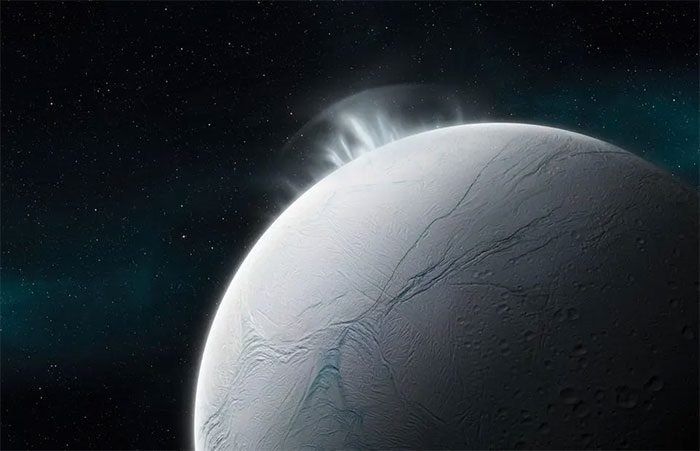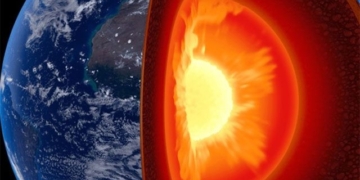Based on data from NASA’s Cassini spacecraft mission, scientists have discovered evidence of essential components for life and sources of chemical energy on Saturn’s icy moon, Enceladus. The research was published in the journal Nature Astronomy on December 14.

Beneath the icy shell of Enceladus, there is a strong source of chemical energy.
Accordingly, scientists have found solid evidence of hydrogen cyanide, a molecule that plays a crucial role in the origins of life. Researchers also discovered indications that the ocean, hidden beneath the icy exterior of Enceladus, possesses a strong source of chemical energy. Although not yet identified, this energy source takes the form of several organic compounds, notably some of which are found on Earth and are used as fuel for life forms.
The study suggests that there may be more chemical energy within Enceladus than previously thought. According to NASA, the more energy available, the greater the likelihood that life can thrive and be sustained.
Earlier this year, astronomers also detected a massive plume of steam from Saturn’s moon Enceladus, raising hopes of finding life beyond Earth. The plume extends approximately 9,600 kilometers, roughly the distance between Ireland and Japan, ejecting water into space at an estimated rate of 300 liters per second.
For some time, experts have believed that Enceladus contains a deep ocean of salty water beneath its icy crust and could be ejecting steam into space. However, this is the first time they have observed such a large steam eruption.
In 2017, NASA scientists reported that Enceladus has nearly all the necessary components for life as we know it, including water, energy, and chemical elements. The energy source is thought to be similar to hydrothermal vents teeming with life on the ocean floor of Earth.


















































